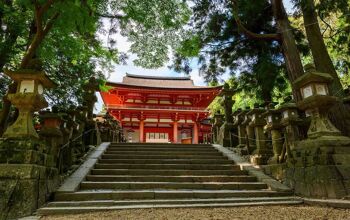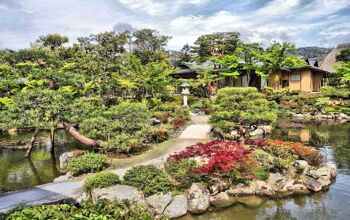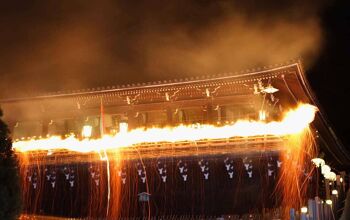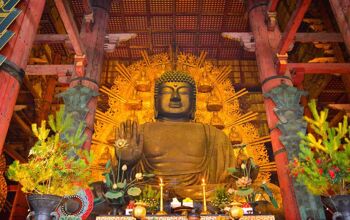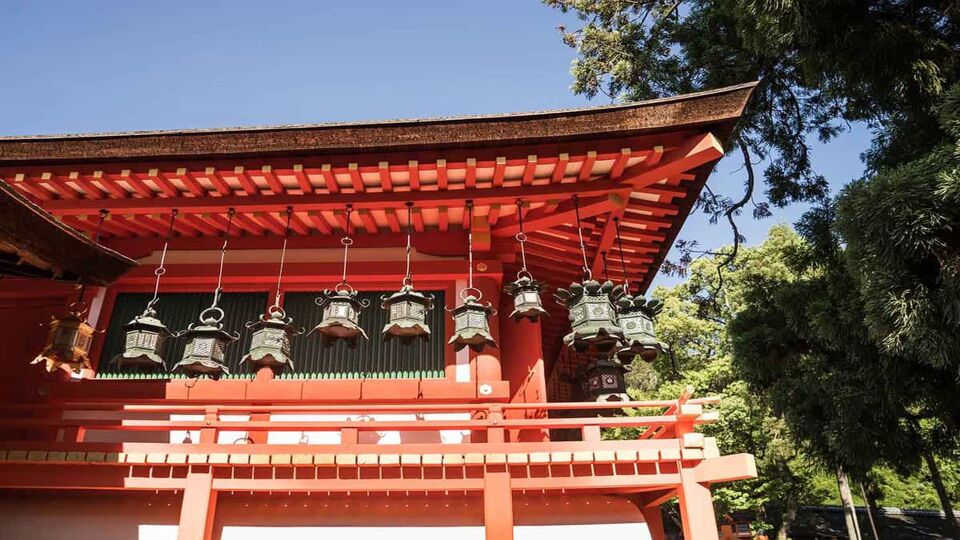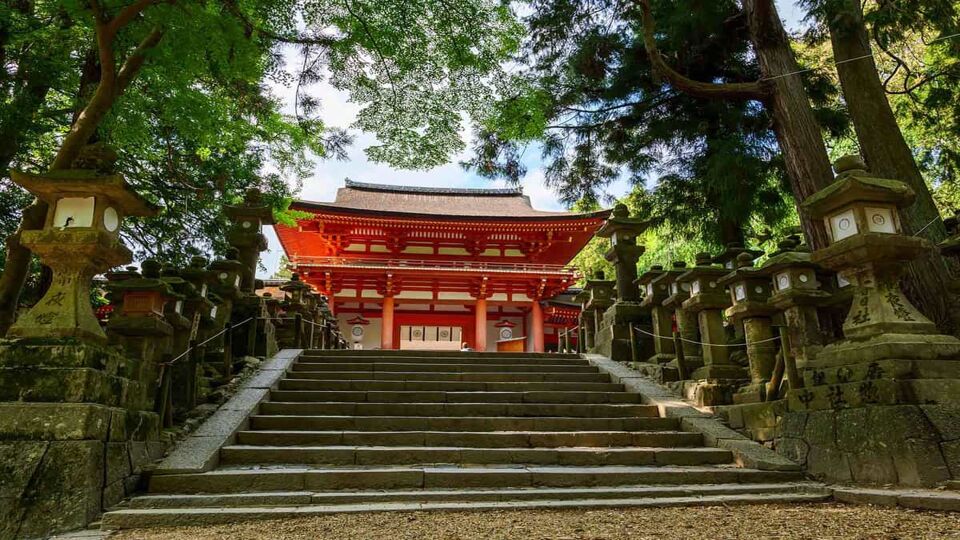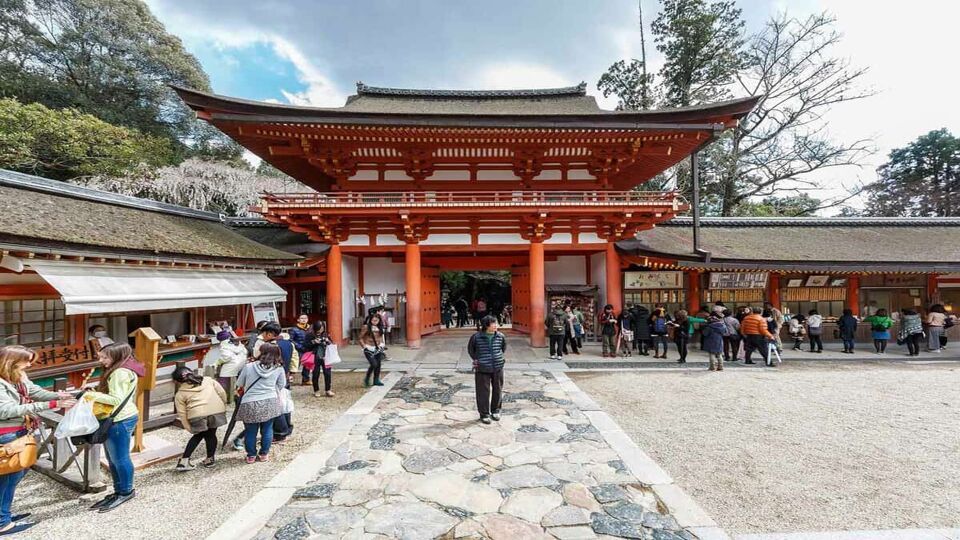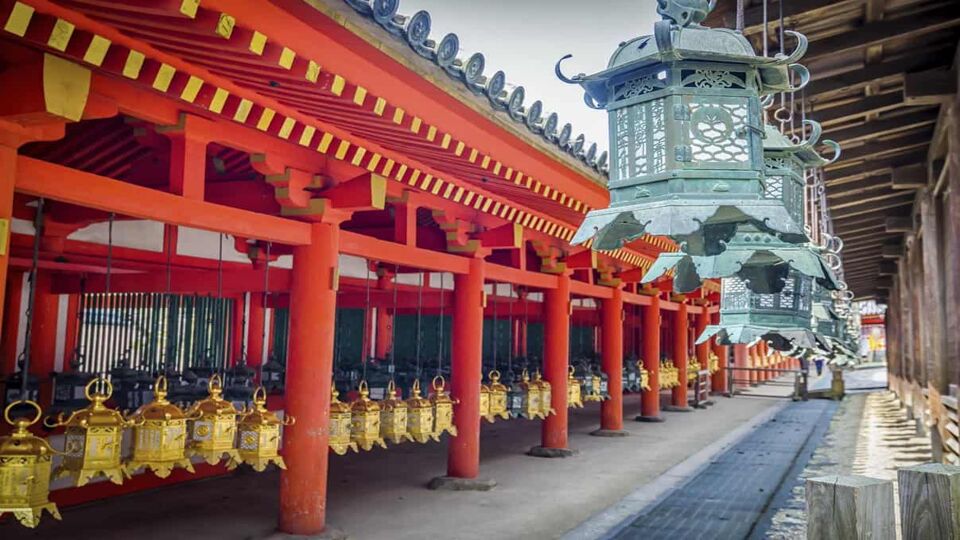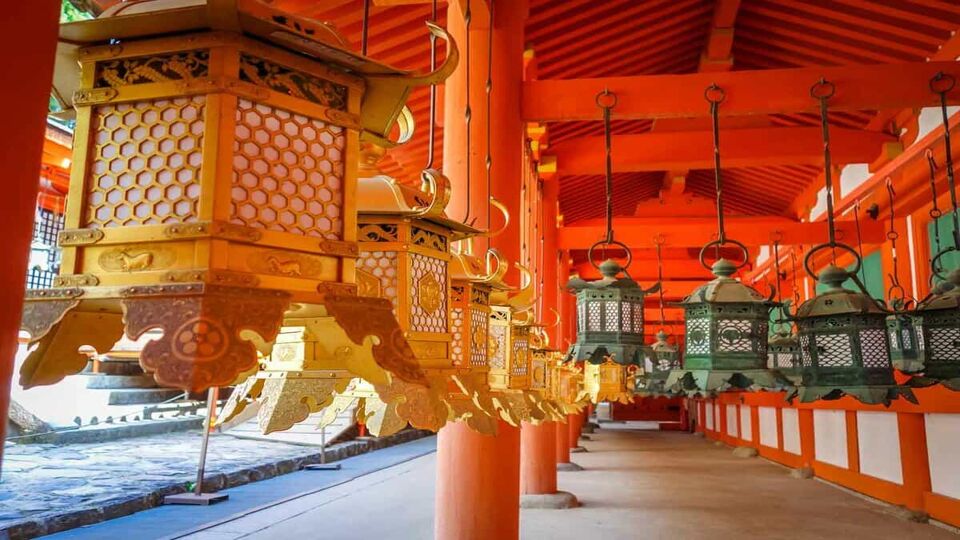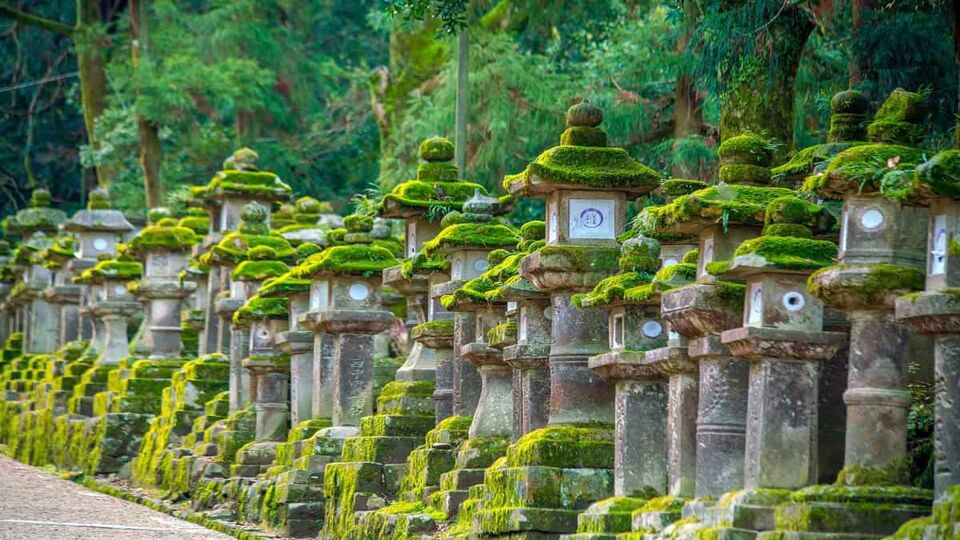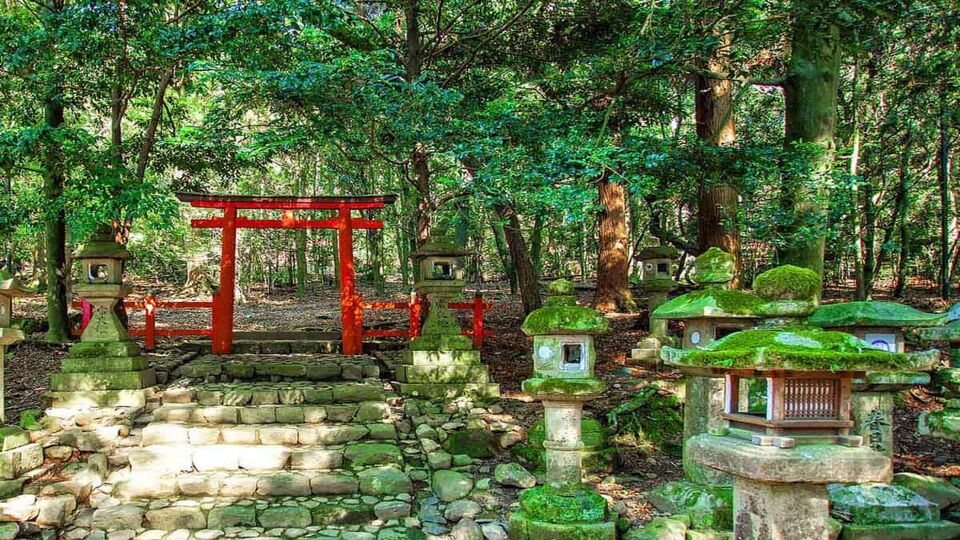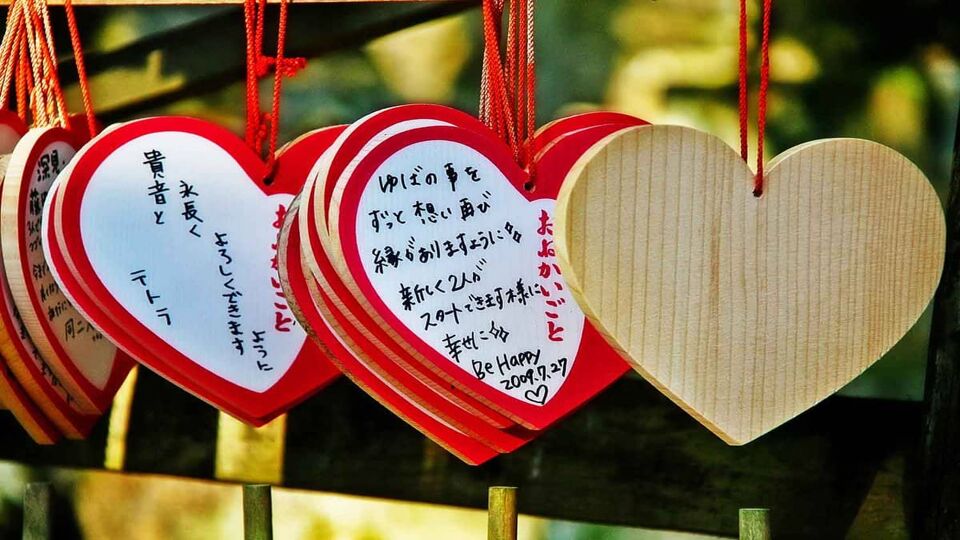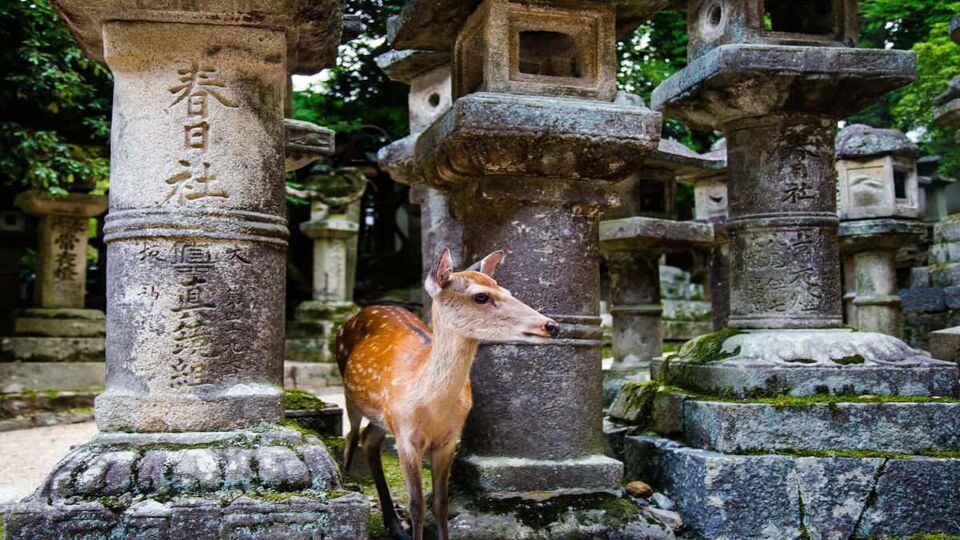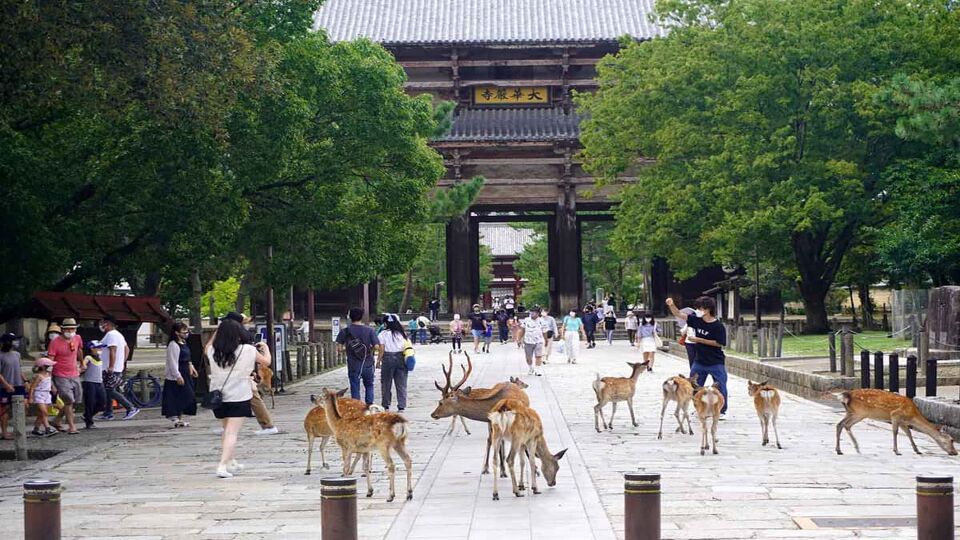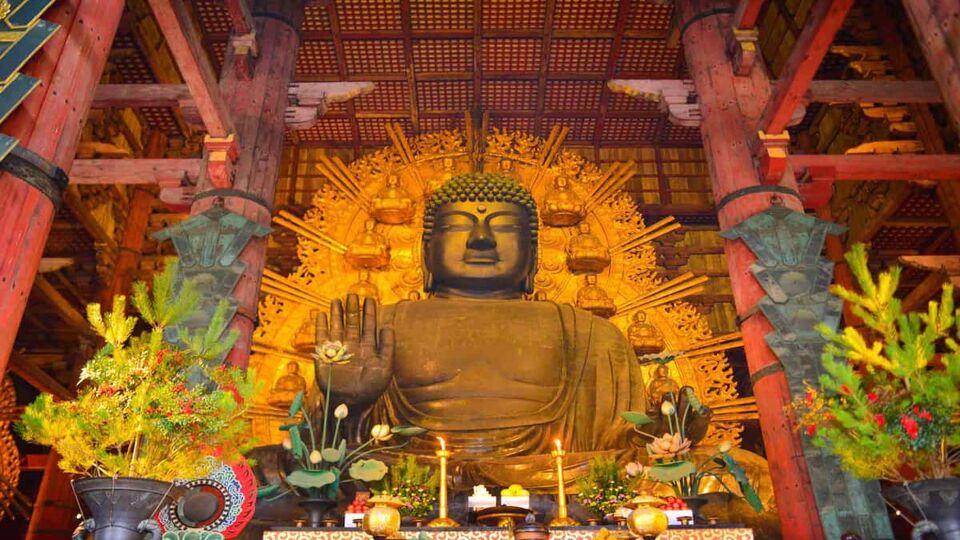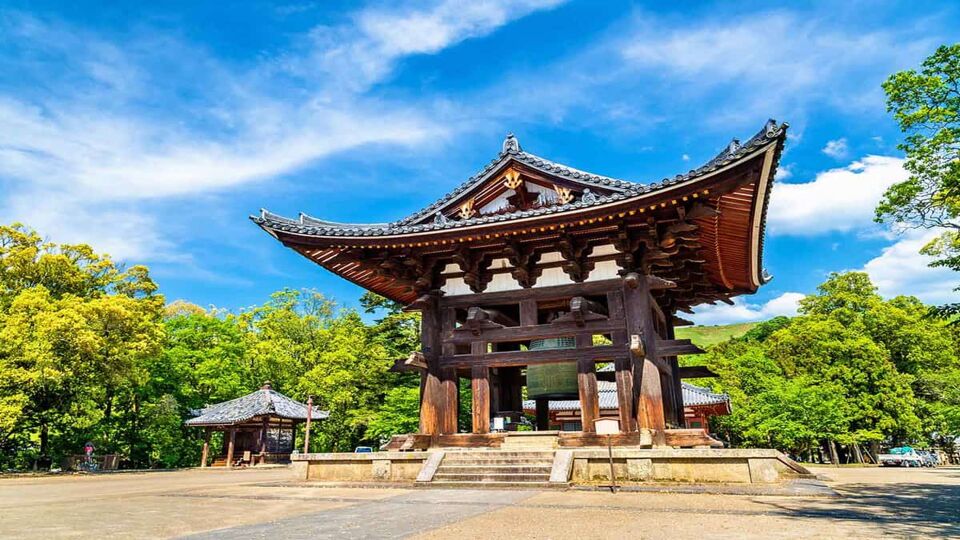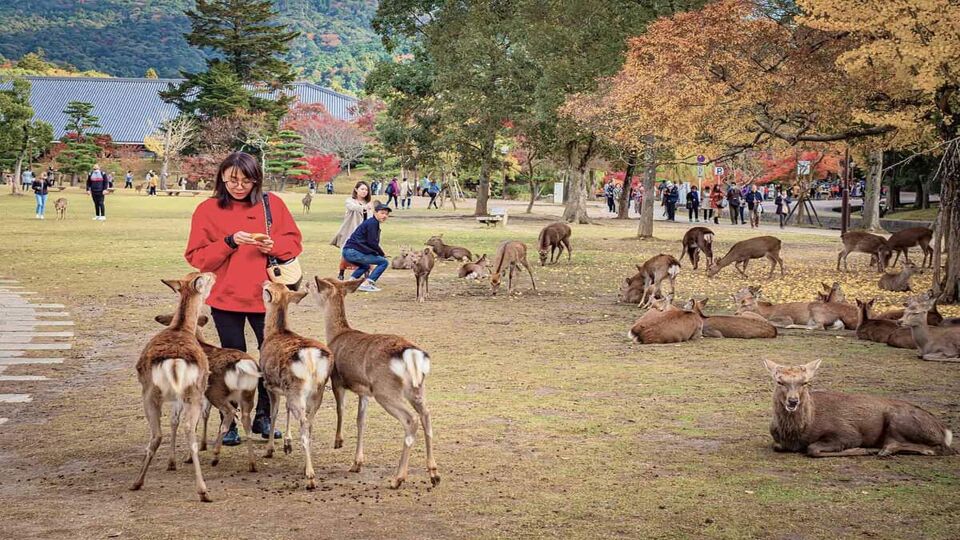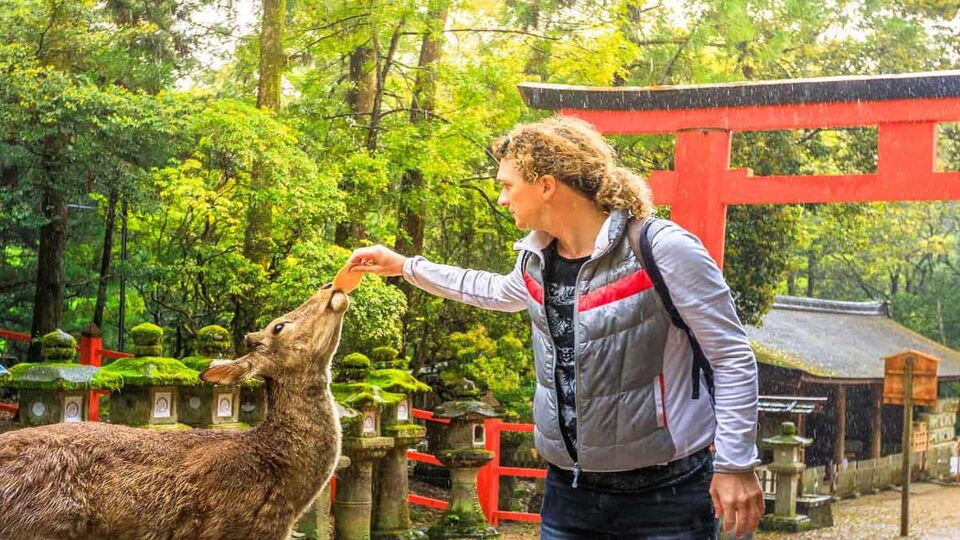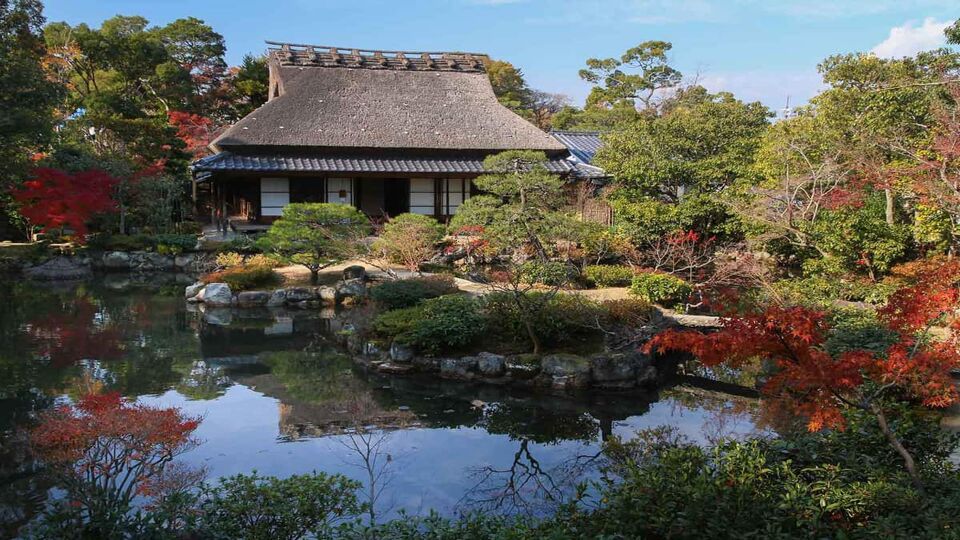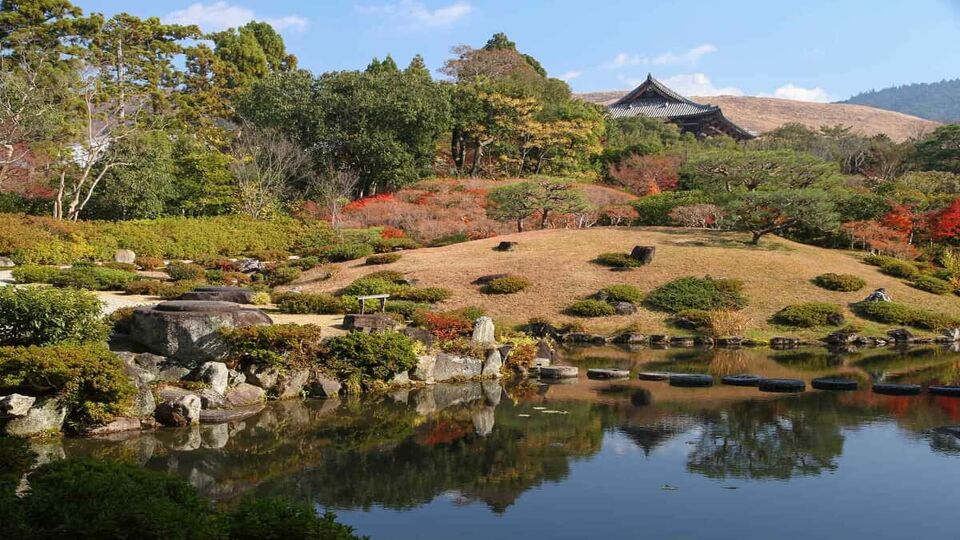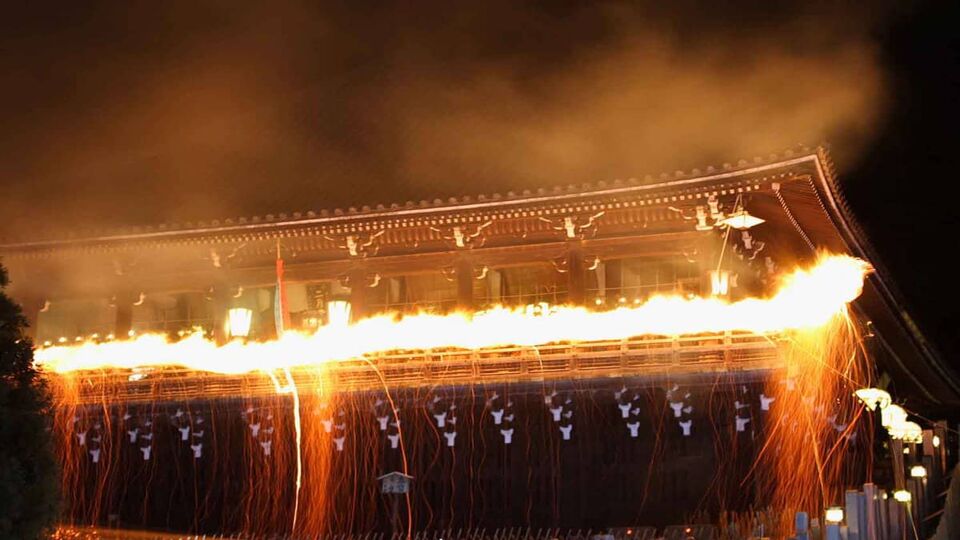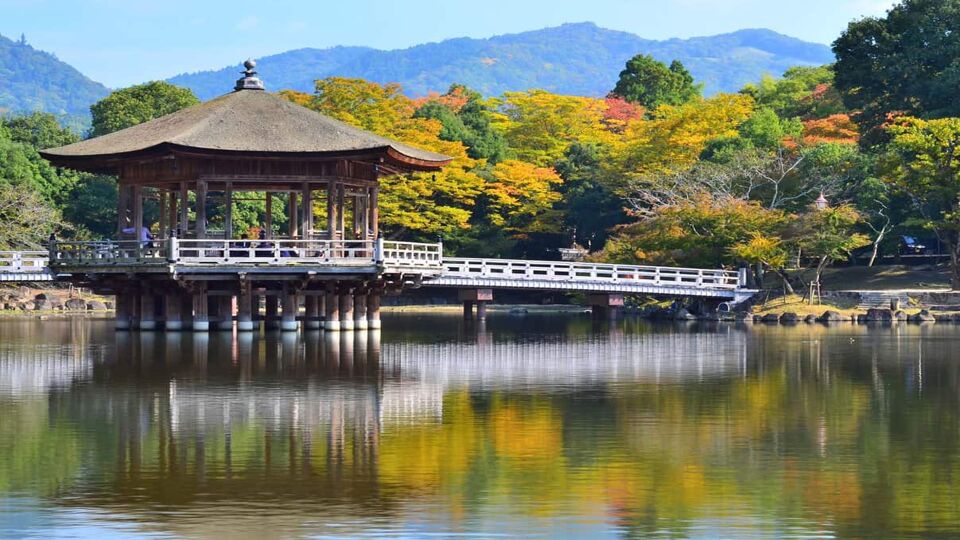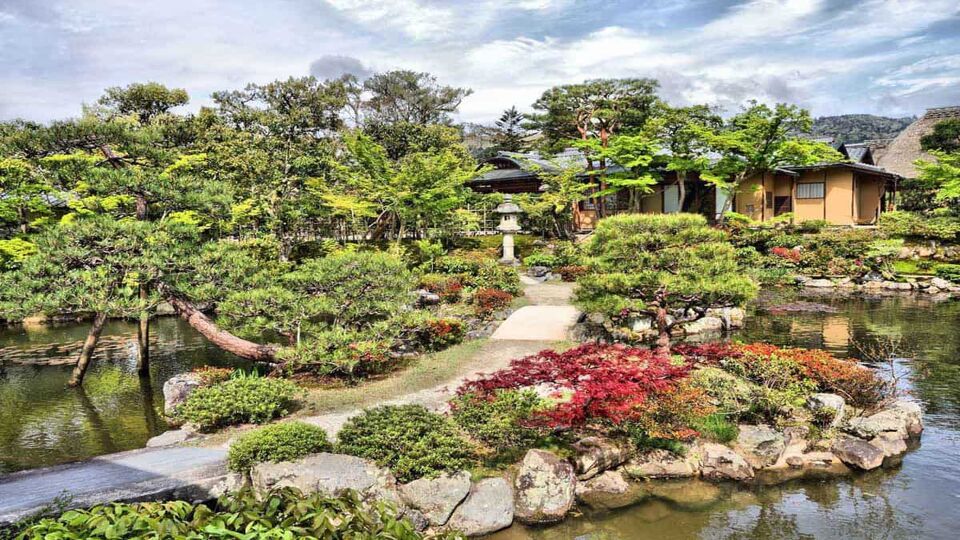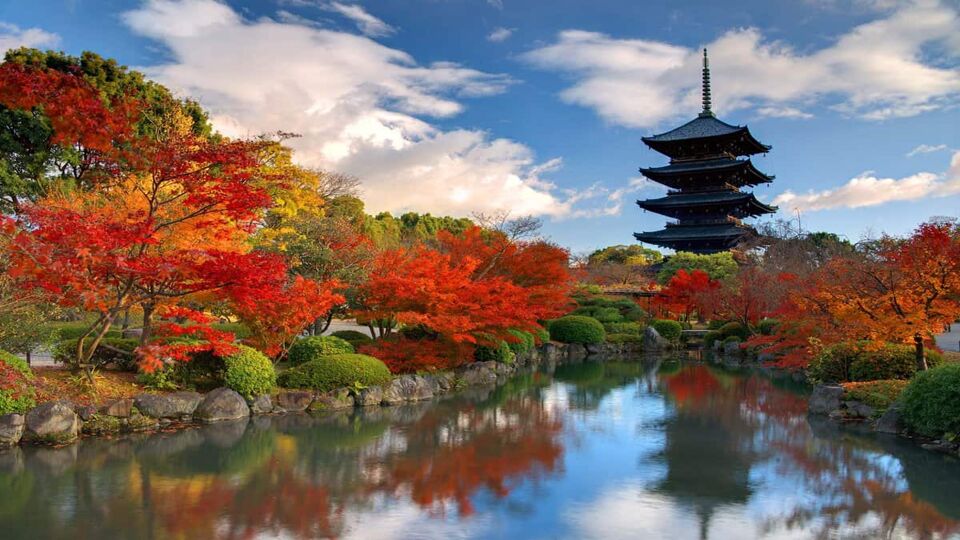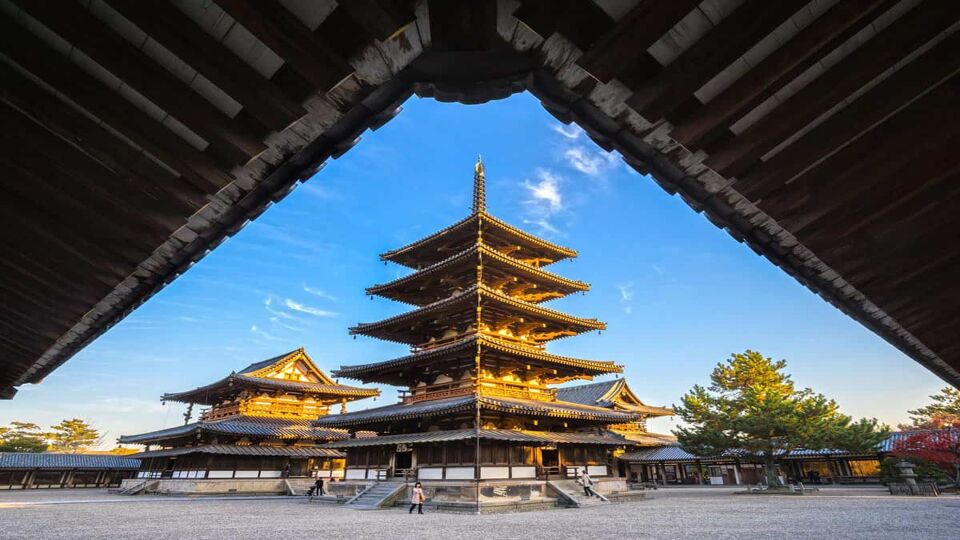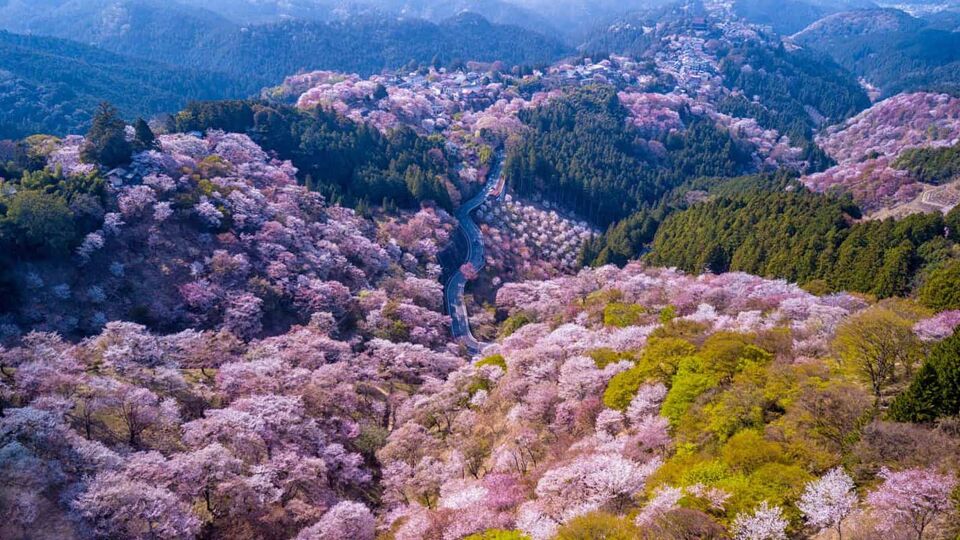The Shuni-e is a Buddhist ceremony held each year at certain Buddhist temples across Japan – involving horn blowing, bell ringing, and burning torches – designed to cleanse the people of sin, cleanse their karma and welcome the spring of the new year. Once the ceremonies have finished, the cherry blossoms have usually started blooming and spring has arrived.
During the Shuni-e, monks will engage in various ascetic practices, including fasting, sleep deprivation, and rigorous physical training, and many of their ceremonies are closed to the public.
The Todai-ji temple in Nara is where the most famous and oldest of all the Shuni-e ceremonies, the 1250-year-old Omizutori, takes place – and it is open to viewing by the people. Omizutori literally means ‘drawing the sacred water’, and it sees monks draw water from a sacred well believed to possess healing properties.
Spectators then gather to witness the Otaimatsu (meaning the ‘fire ceremony’) – a part of the Omizutori ritual. It’s the dramatic climax, where massive torches ranging in length from 6-8m, are carried up to the balcony of the temple and then swung out over the crowd, showering sparks on the people below. It’s thought by locals that these sacred sparks will protect them from evil. The monks also chant, perform ritual circumambulation, and wave swords to ward off evil spirits.
It’s quite the show…
